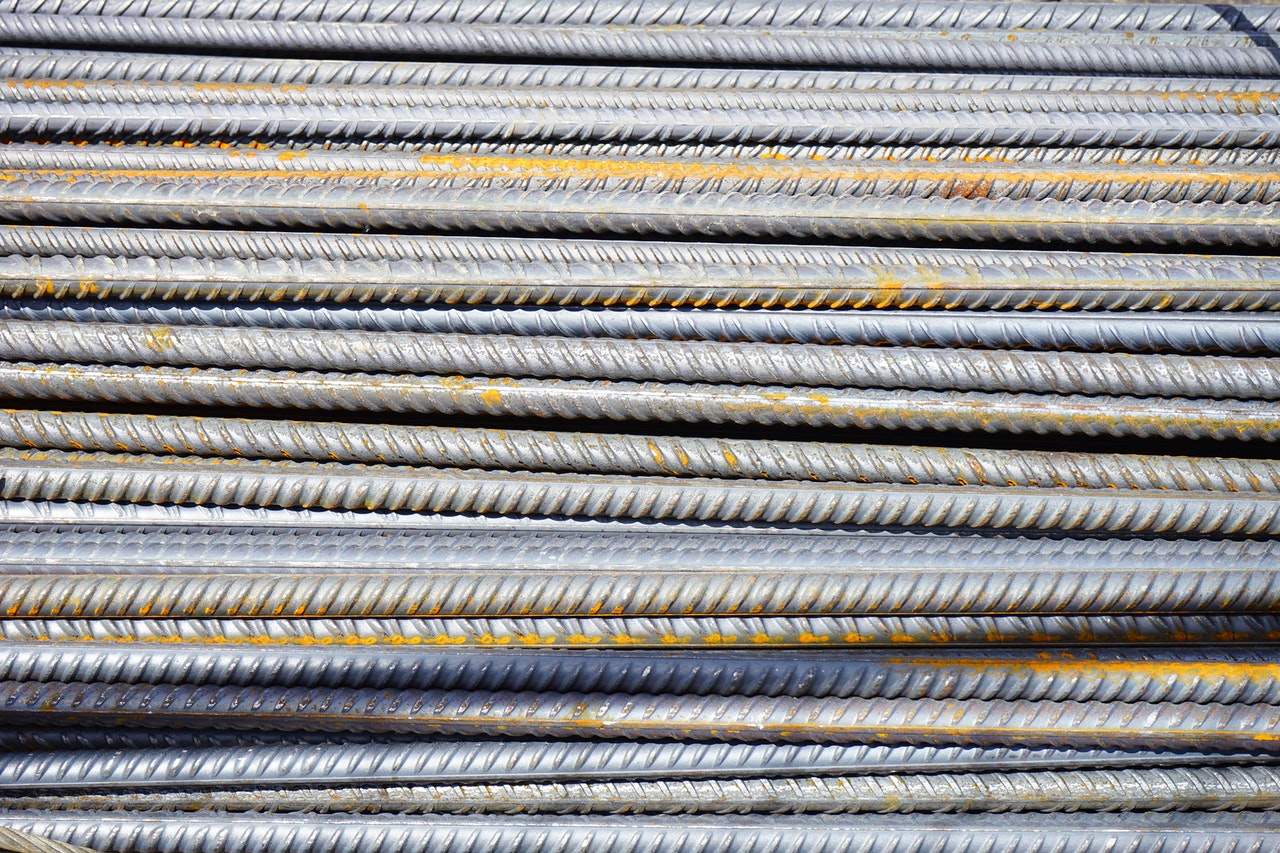No matter what the construction materials are, they will degrade over time due to aging, fatigue, and environmental factors. This is true in home construction. After a while, steel materials rust, concrete materials crack, and pipes break.
Home repairs and maintenance can be expensive. On average, the monthly home maintenance cost is $1,200. Constant repairs can also harm the environment due to the increased carbon footprint.
Any property will require maintenance and repairs one way or another. But they can be reduced if a homeowner uses quality materials in building their home or uses them in their next repair or improvement project. These quality materials include self-healing construction materials.
As the name suggests, self-healing materials can repair themselves. With the way research and technology are evolving today, self-healing materials can become the future of construction.
Self-healing Materials
Self-healing substances are not really new. For example, cementitious materials that repair themselves existed as early as 1836. But they don’t heal as quickly as the self-healing items available now, such as asphalt, steel, and concrete. They can restore themselves in a short period through chemicals added to them and external stimuli.
Asphalt
Asphalt can become self-healing if it’s injected with steel fibers. When the asphalt breaks and is exposed to heat, induction energy will do the work. The steel fibers will heat up and melt the bitumen, a sticky material found in asphalt. The bitumen will fill the cracks in the asphalt to “heal” and become whole again.
Steel

Metal can become self-healing by injecting or coating it with microcapsules that have a glue-like chemical in them, such as a polymer. When metals crack, the microcapsules are activated and reconnect the small cracks back together. Most microcapsules can only cover small areas and take time to repair damages. But recently, an oil-based fluid coating for metal has been developed and can restore scratches, cracks, and scrapes within seconds.
Concrete
Concrete is one of the essentials in home construction and making it self-healing can revolutionize the way society builds homes.
Concrete can repair itself by mixing bacterial spores into it. This combination is called bioconcrete. When it cracks, the bacteria and other chemicals (e.g. calcium lactate, nitrogen, and phosphorus) mixed into bioconcrete will convert into limestone and solidify over time, making the concrete whole again.
Benefits of Self-healing Materials
Once smart materials that heal themselves become more advanced and can finally be used for mainstream construction, they can provide several benefits for homeowners.
Reduced Cost and Frequency of Repairs
If homeowners used self-healing materials in their homes, they won’t have to repair as frequently as usual. This also means they don’t need to spend a lot of money on it.
For example, garage door repair is one of the many home repairs that people often forget or delay. This door is exposed to rain and the sun, so it can wear and corrode fast. Also, people often forget to lift the door before pulling their car out to the driveway or not open it as wide as possible, so they hit the door and give it tiny scratches and cracks. These damages can be addressed even with little to no repairs if the door is made of self-healing metal.
Driveways also need to be repaired from time to time. But repairs can cost up to a thousand dollars. Driveways are made of either concrete or asphalt, both of which degrade over time. The wear and tear of driveways can cause tiny cracks. If water seeps in, the water buildup under the driveway will eventually break it. Self-healing concrete and asphalt can repair tiny cracks. Thus, using self-healing asphalt or concrete will result in a stronger, more durable driveway that can last for several years.
Another common problem at home is plumbing. Water leaks can cause molds that can negatively affect one’s health. Thus, homeowners can use self-healing coating materials to make pipes stronger and prevent water leaks.
Reduce Carbon Footprint
Self-healing materials can contribute to saving the environment. In 2009, 23% of the total carbon emissions came from the global construction sector. Since smart materials reduce the need for repairs and reconstruction, the industry’s carbon emissions can greatly decrease.
Self-healing materials for mainstream use are still in the works. But when the time comes, they will change the home construction industry for the better. And these materials can be used in other areas of the industry as well. Further development of self-healing substances will mean stronger buildings, roads, vehicles, and irrigation systems.
In the future, self-healing materials will help people live more sustainably.




